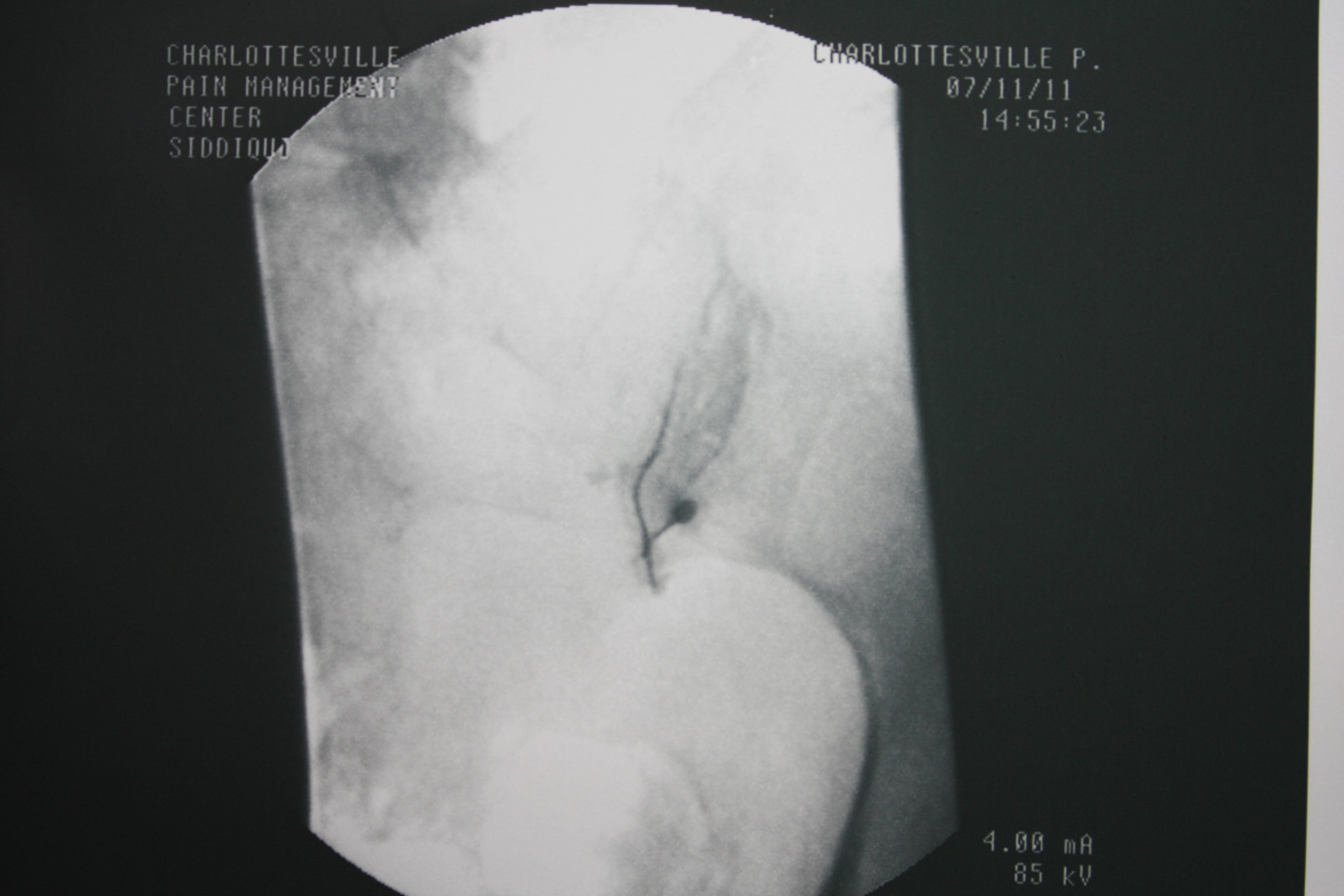Sacro Iliac Joint Injection
A sacro iliac joint injection is the injection of steroid in the sacro iliac joint (the area between the lower back bone and the hip joint). This injection is administered to relieve pain in the lower back and sacral regions which may be referred to the leg. Osteoarthritis and lifting in an awkward position are common causes of sacro iliac joint pain.
The injection typically serves 3 purposes:
- Therapeutic: to relieve your pain.
- Diagnostic: to help identify the source of your pain.
- Prognostic: to help decide the next step ie.do nothing, second injection (same type of injection or a different injection), physical therapy, or even an evaluation by a surgeon.
The steroid injected reduces swelling and inflammation of tissues in the joint, which may reduce pain, other symptoms caused by tissue inflammation, irritation, or swelling. The procedure is performed under live x ray (fluoroscopy) and with the use of x ray dye to ensure accuracy and precision. While you are lying on your stomach, your skin is cleaned with an antiseptic solution. You are monitored with a blood pressure cuff and a blood oxygen monitoring device which monitors your oxygen levels and heart rate. The injection consists of a mixure of local anesthetic (lidocaine) and steroid (methylprednisolone or Depo-medrol).Immediately after the injection, the skin is cleaned and a band-aid is applied. You may experience some “pressure” at the injection site and this may last up to an hour. Your pain may return and you may have some soreness at the injection site for a day or two. This is due to the mechanical process of needle insertion as well as initial irritation from the steroid itself. At about day #5 you should start noticing pain relief. It may take up to 2 weeks to notice an improvement from the steroids.
Generally speaking, the procedure is safe; however, with any procedure there are risks, side effects, and possibility of complications. The most common side effect is pain- which is temporary. The other risks involve bleeding and infection. The other risks are related to the side effects of cortisone, which include weight gain, increase in blood sugar (mainly in diabetics), water retention, and suppression of the body’s own natural production of cortisone.

